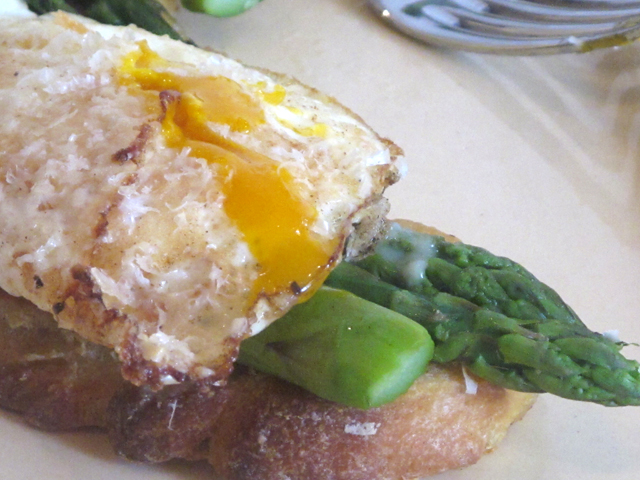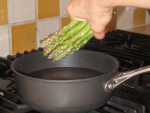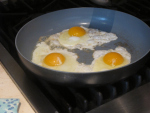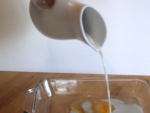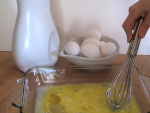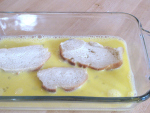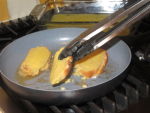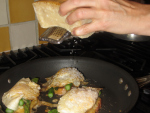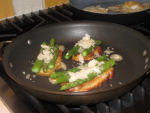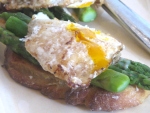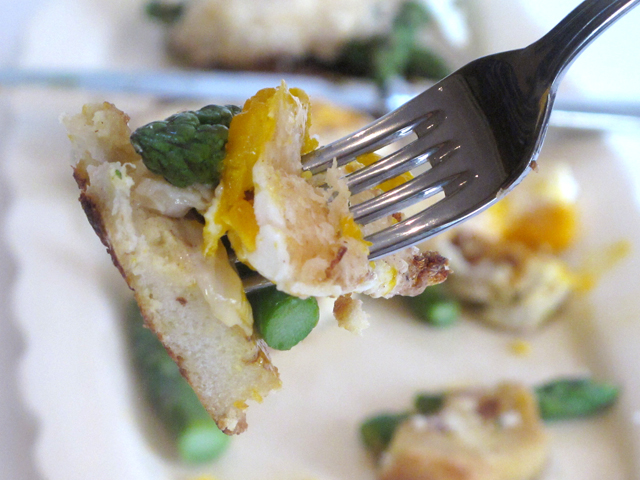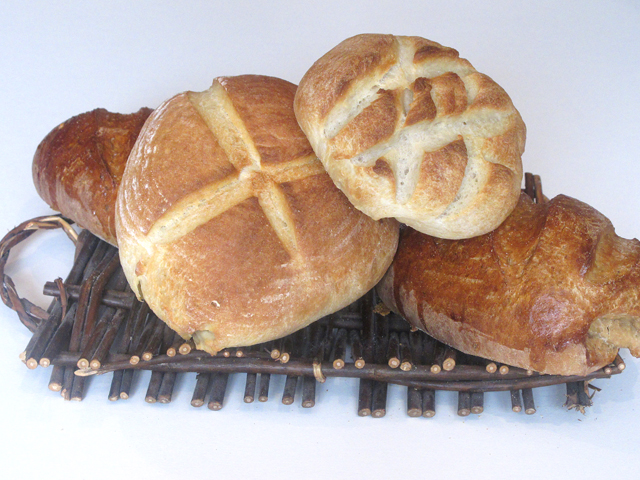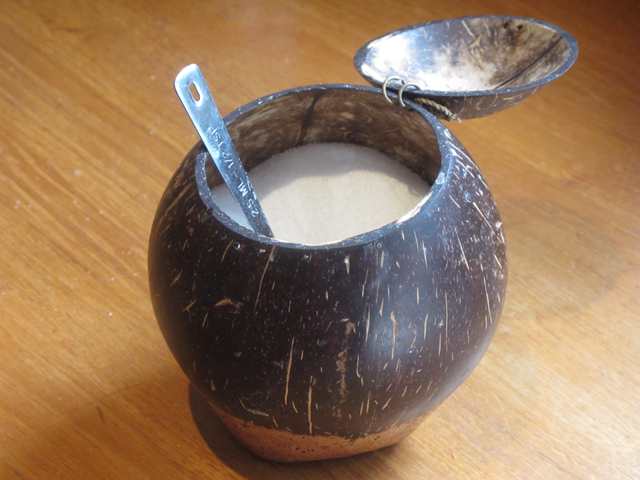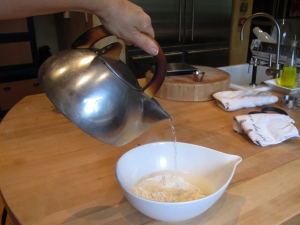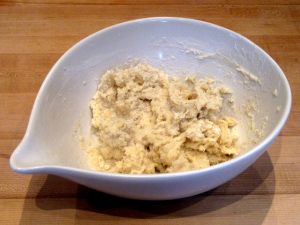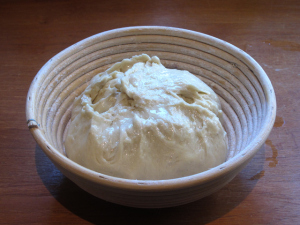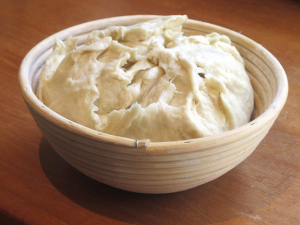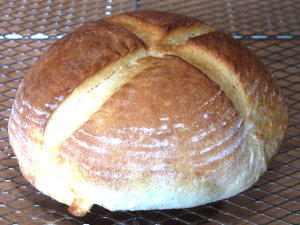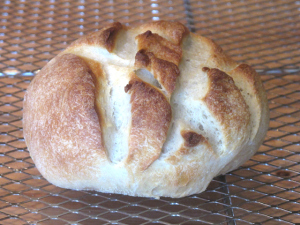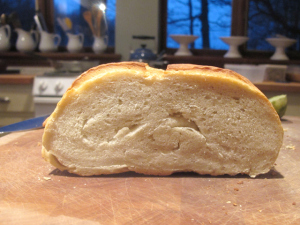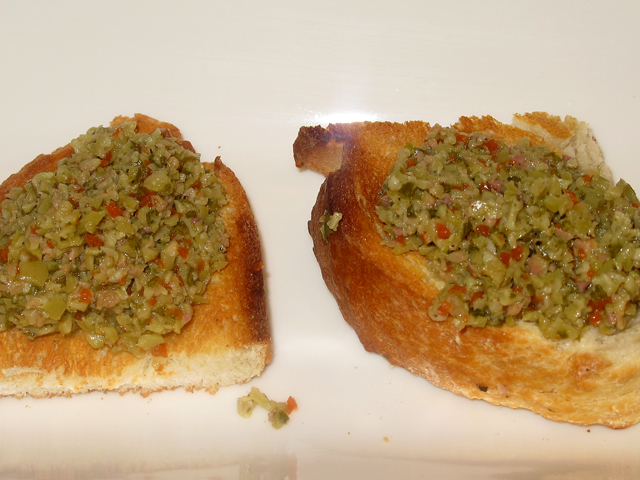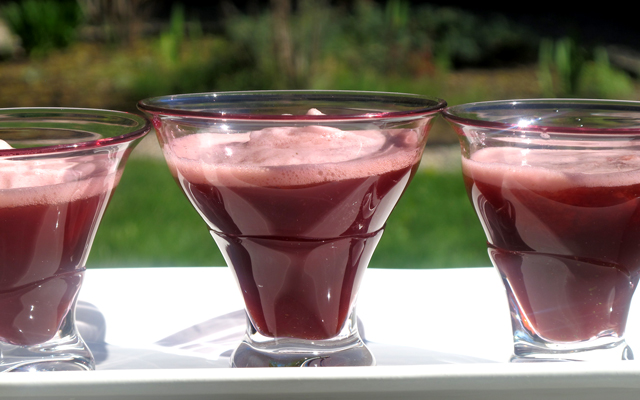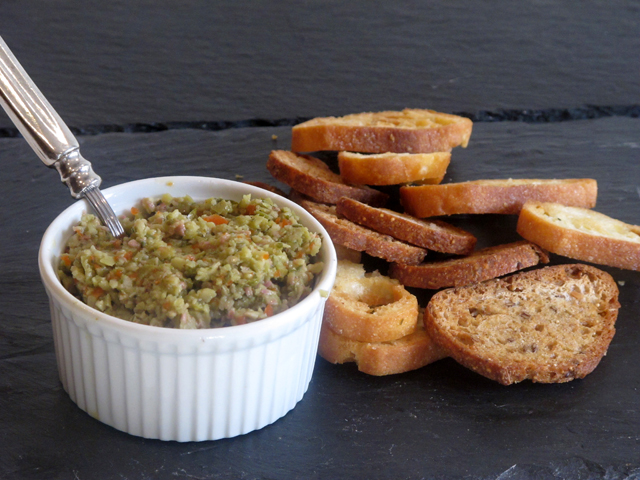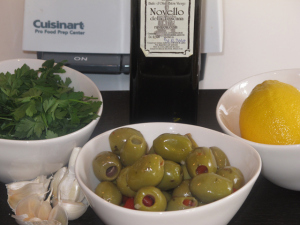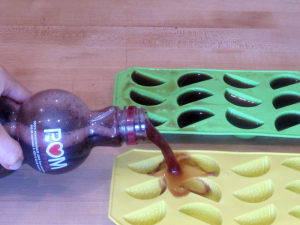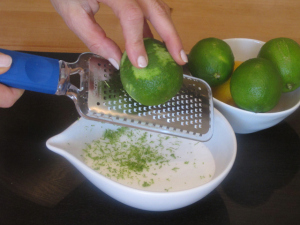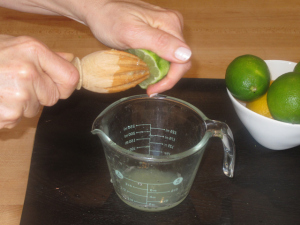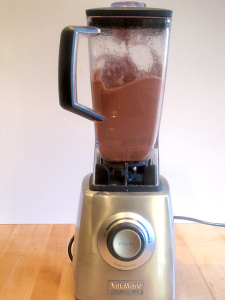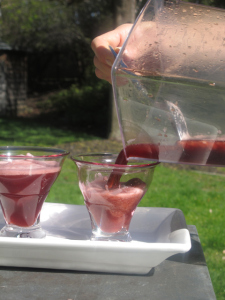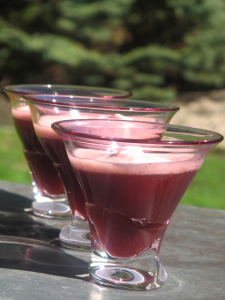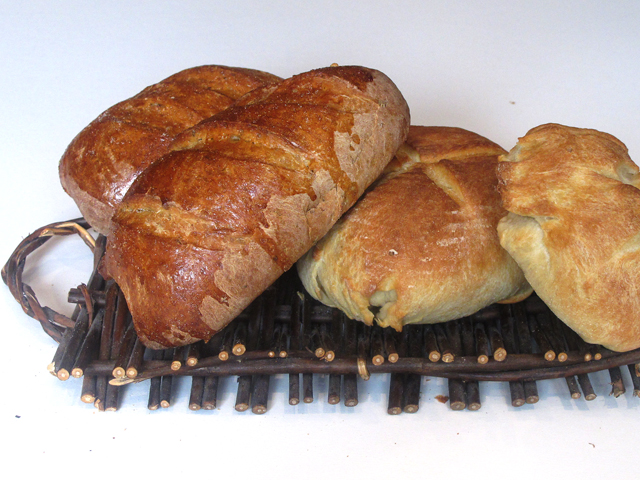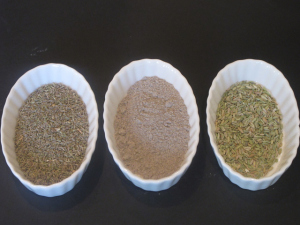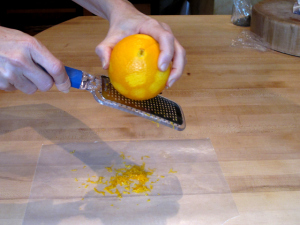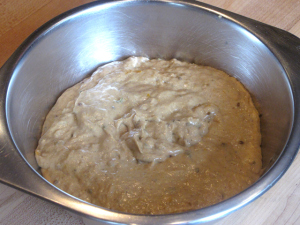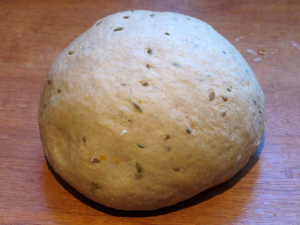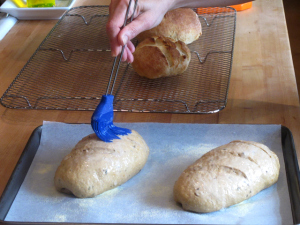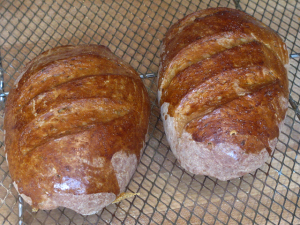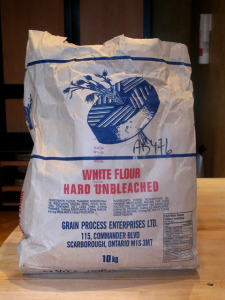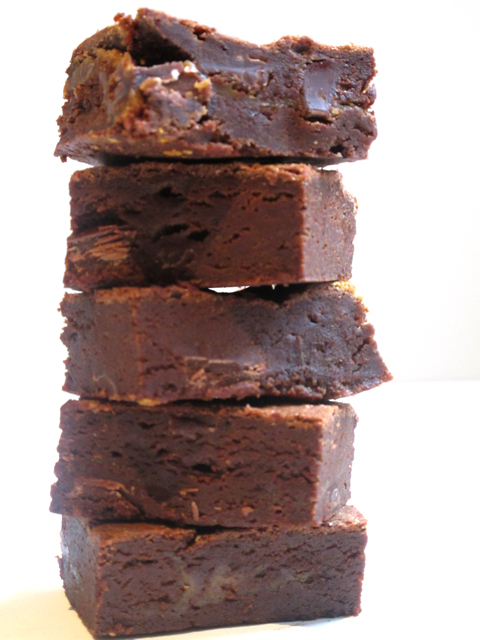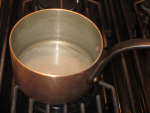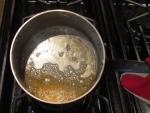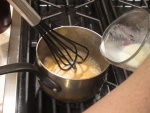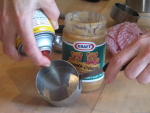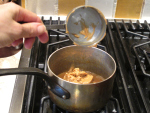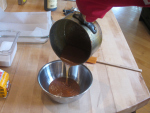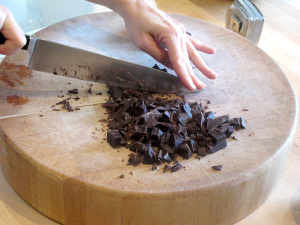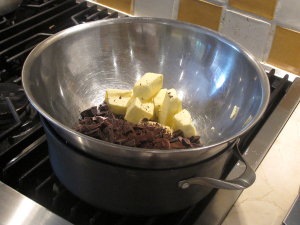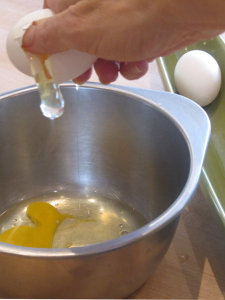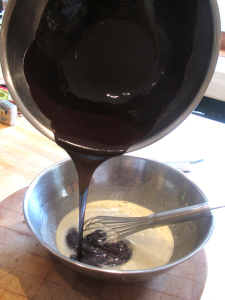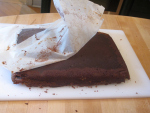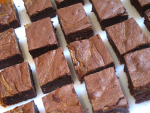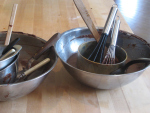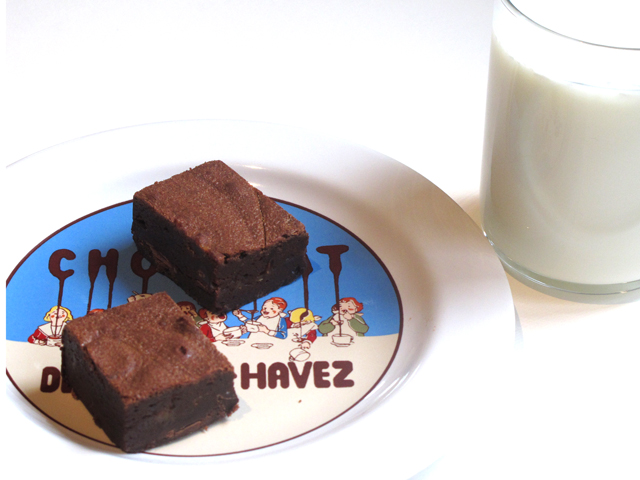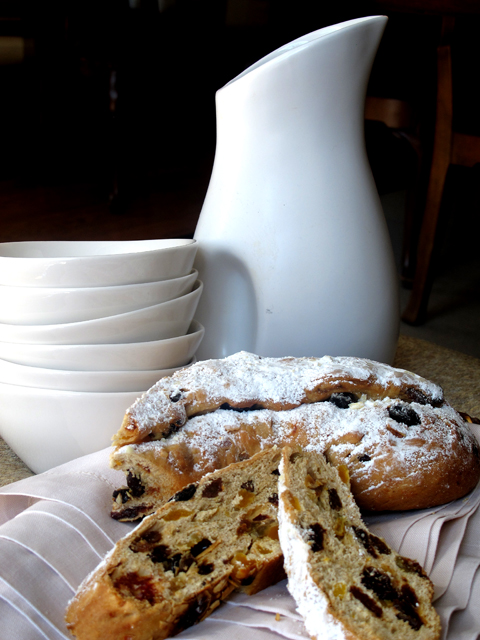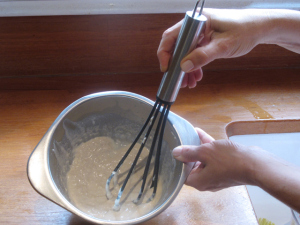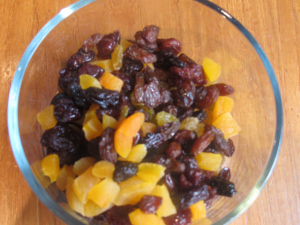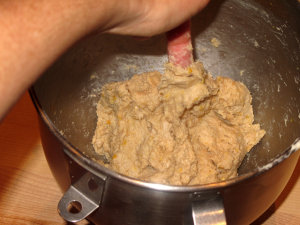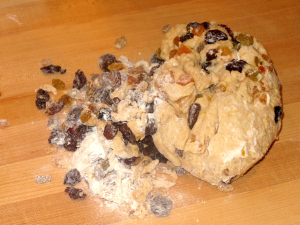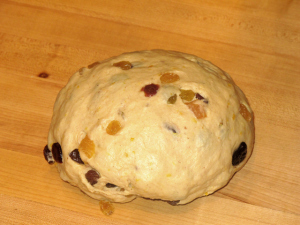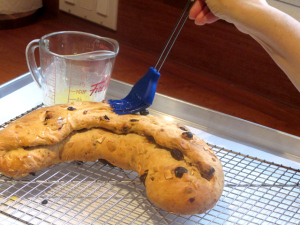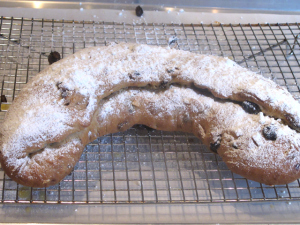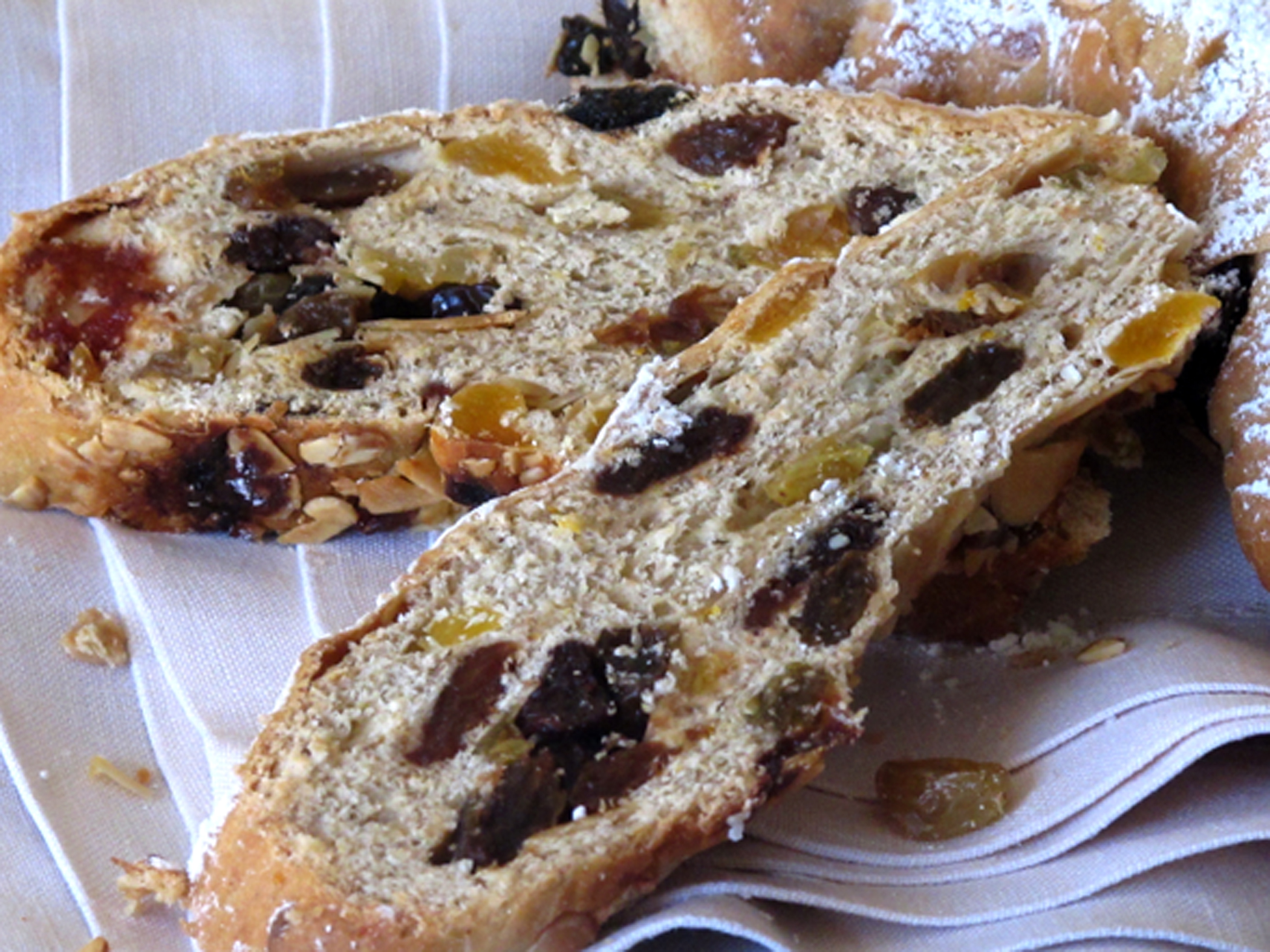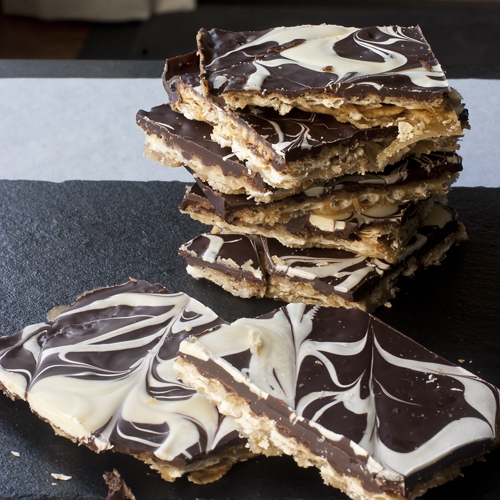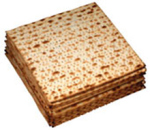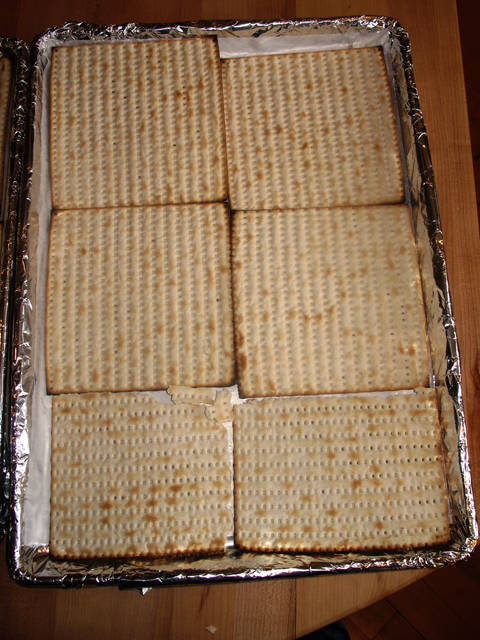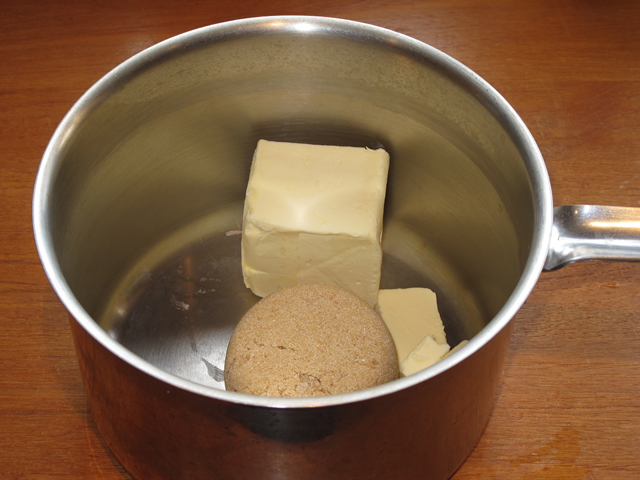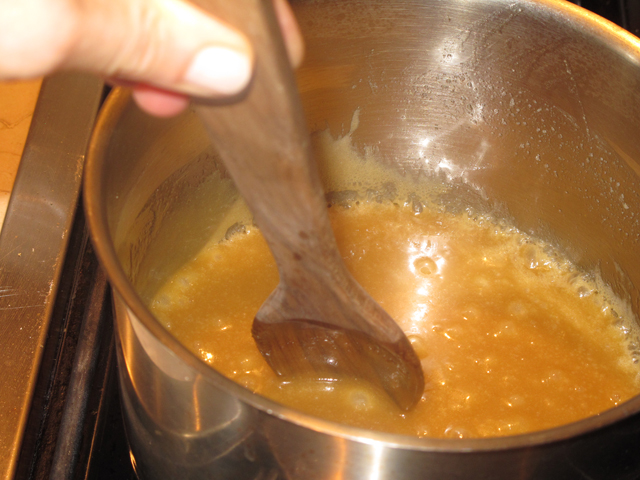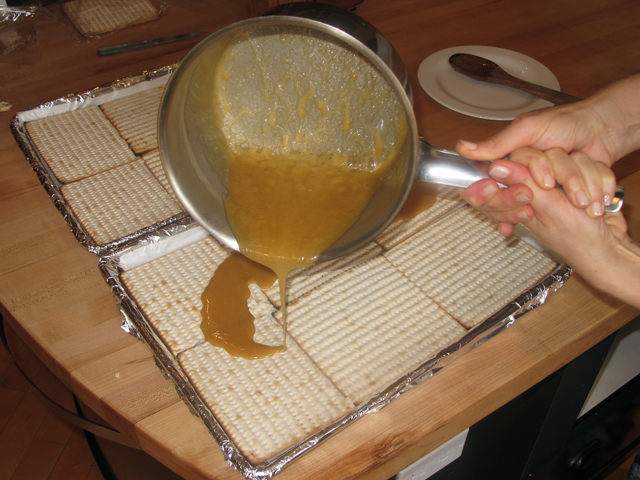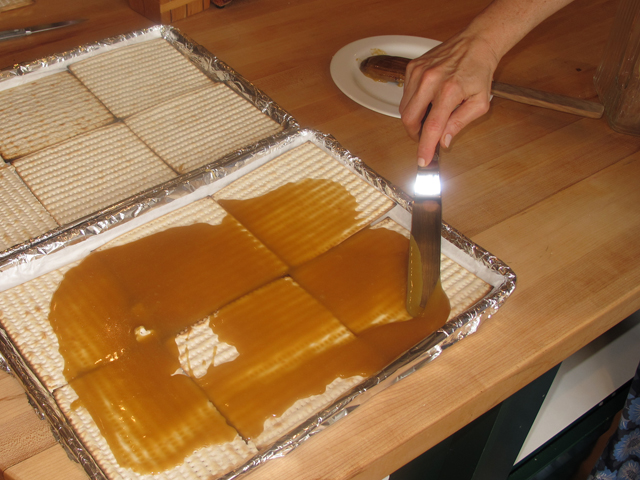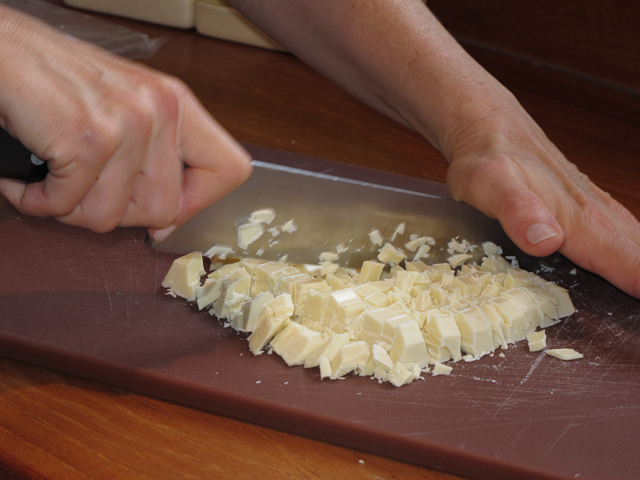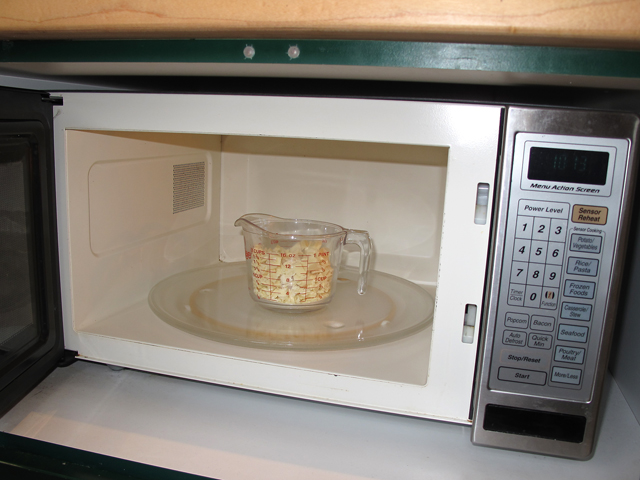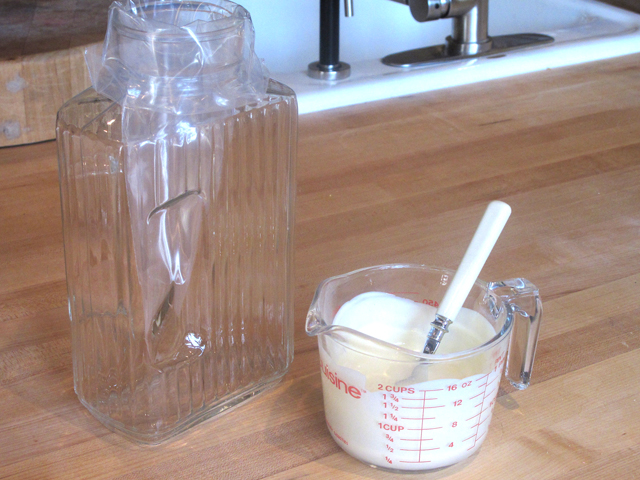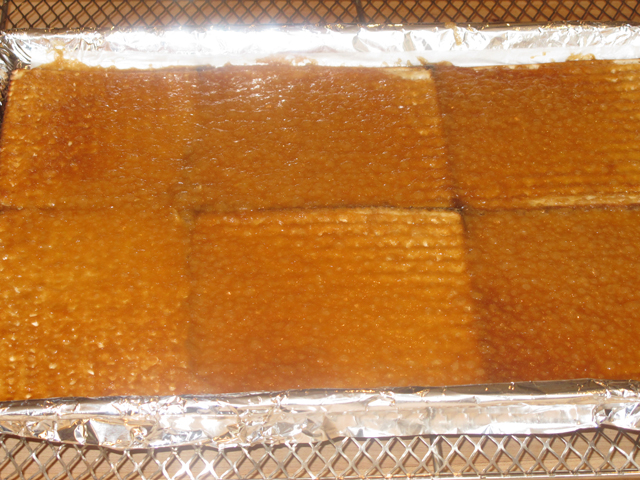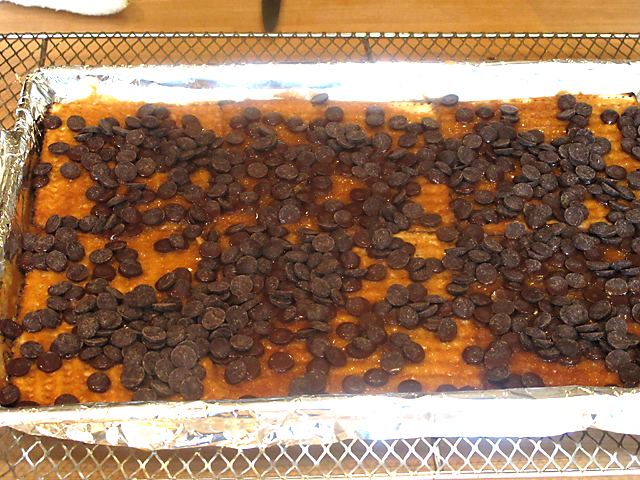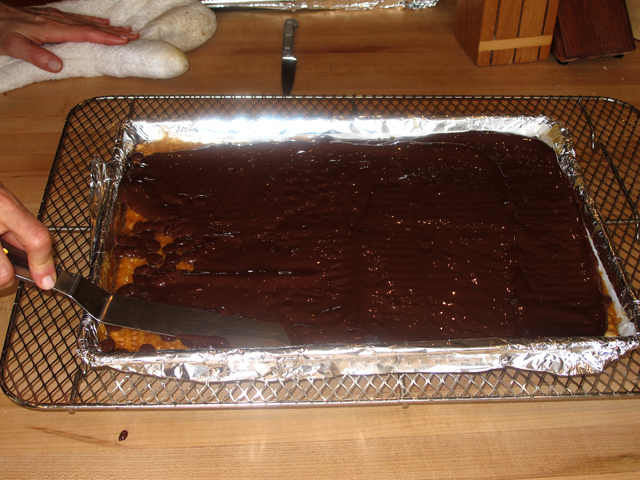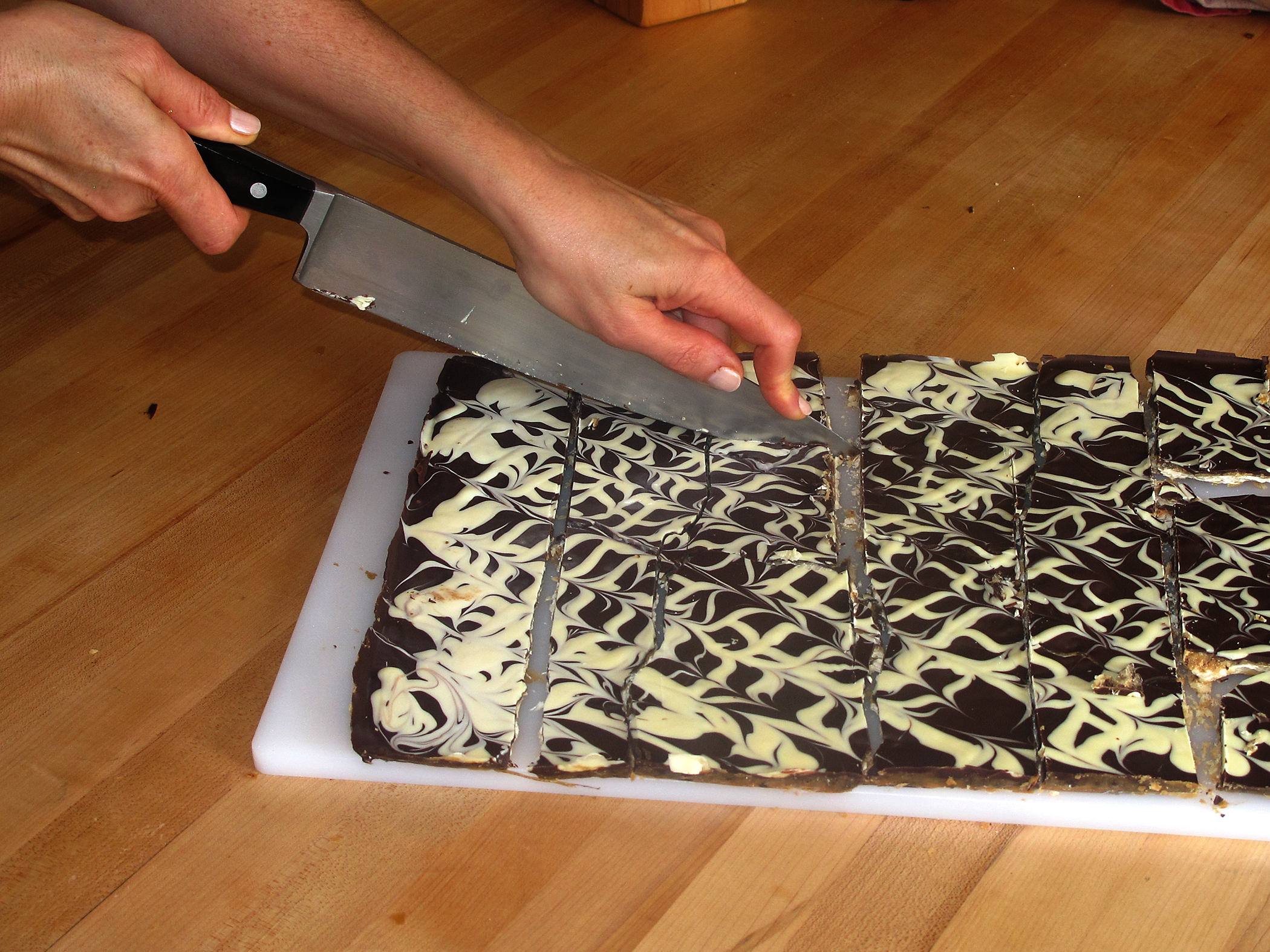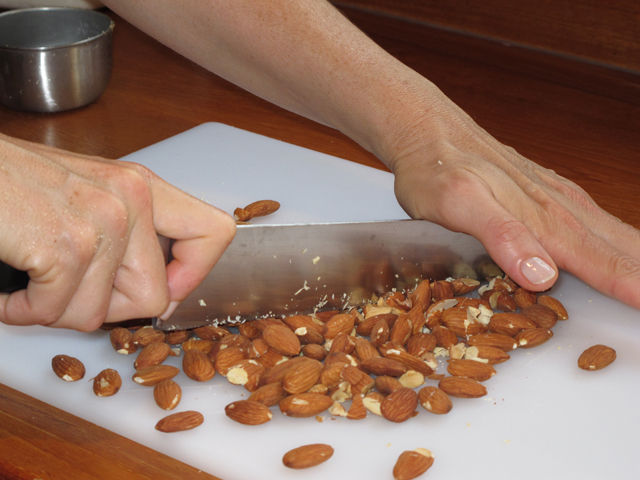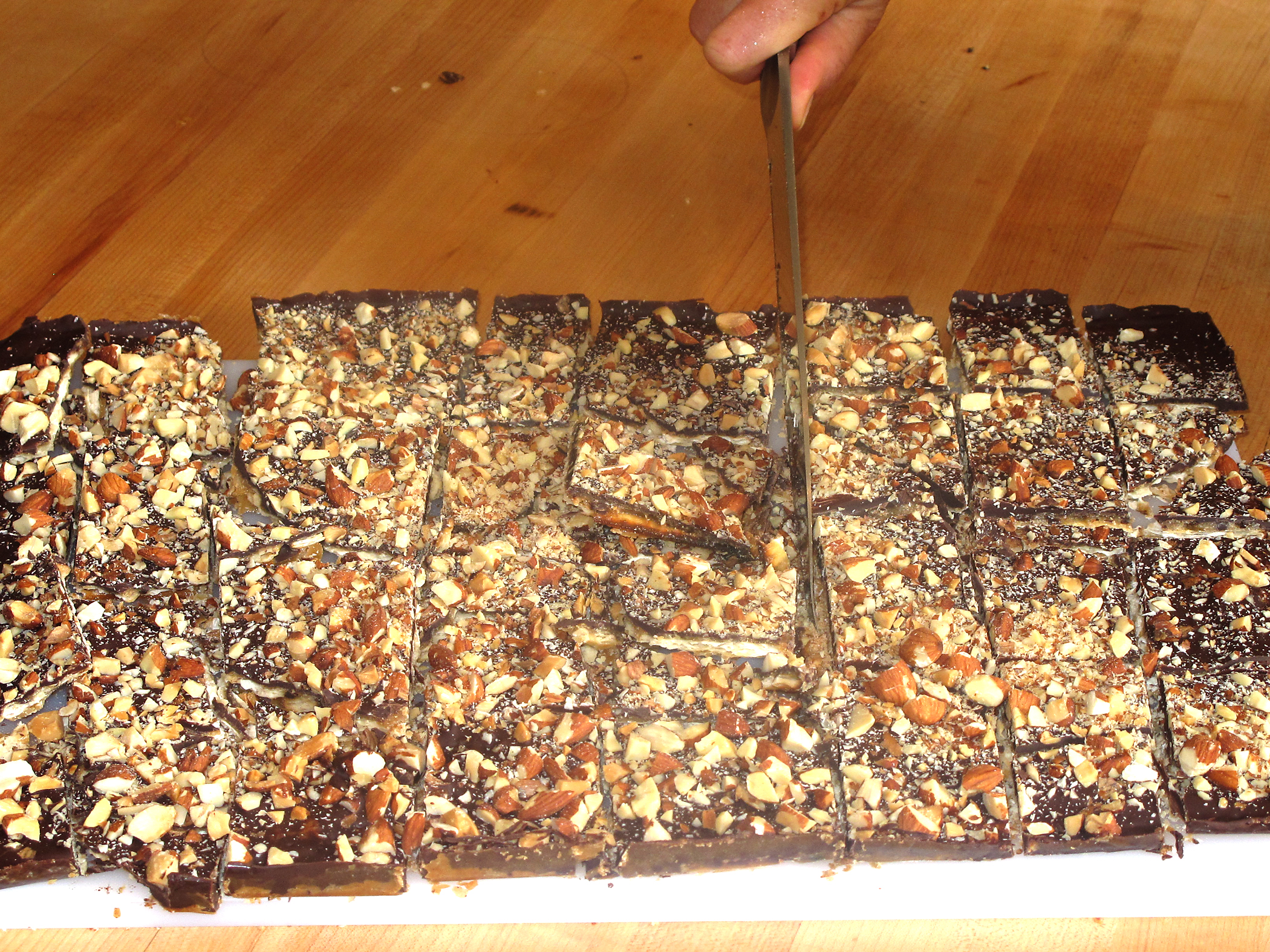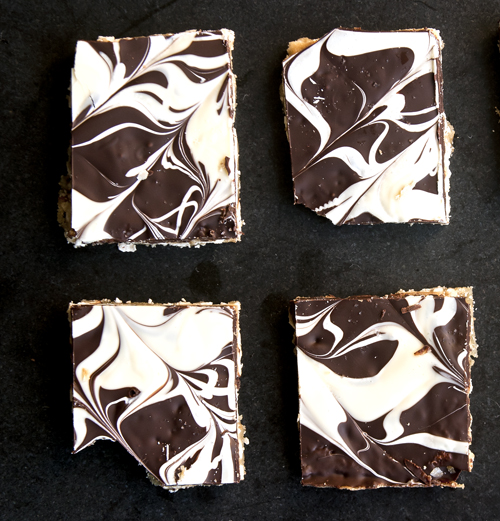Tonight’s dinner was inspired by a long ago and almost forgotten memory. My daughter is spending the year travelling the globe and early this morning she texted me from Berlin. “Apparently it’s white asparagus season here. It lasts for 3 weeks then goes away. It’s a big deal. Thought you’d like to know.” Believe me, I know what a big deal white asparagus is!
I was so traumatized by white asparagus that I am unable to eat or prepare it ever again. In between my first and second year of culinary school I worked at a restaurant in Toronto called Orso. I was the garde manger chef. Garde manger means “keeper of the food”. In short, I was the salad and cold appetizer chef. It is an entry level position. The executive chef was named Helmut, an school stern German chef. Kind of scary. One of my jobs was to peel the white asparagus stalks. I was given a peeler and set to work. Everytime I tried to peel them, the stalks would snap in half. The chef kept yelling at me that these were very rare and expensive asparagus and they were only available for a few weeks every year. I brought in my colorful peelers from home which were way easier to use. But the chef yelled at me for using the wrong peeler. I was never so happy to see white asparagus season come and go!
In case you were wondering, how white asparagus differs from the more common green variety, here’s the explanation. White asparagus comes from the process of etiolation, which is the deprivation of light. While the asparagus grows, farmers mound earth uparound the beds to keep the vegetable completely covered. This prevents any contact with sunlight, which would trigger the process of photosynthesis, and thus stimulate the production of chlorophyll, the pigment that lends plant matter its characteristic green colour.
Needless to say, I do not eat white asparagus. But I love green asparagus. (aside from the effect it has on the aroma of your pee!) I had bought a beautiful big bunch of it at the market yesterday and was planning to have it for dinner. I also had a loaf of Tuscan bread in my freezer from last week. Tuscan bread contains no salt so it needs very flavourful food to accompany it. I found inspiration from Chef Massimo Capra’s Asparagus Milanese French Toast. My flavourless tuscan bread was the perfect loaf for this savory dish, although challah or a white hearty country bread would be great as well.
Asparagus Milanese on French Toast
Adapted from Chef Massimo Capra
1 bunch green asparagus
3 tbsp butter
5 eggs
4 tbsp Parmigiano, grated
4 slices bread
1/2 cup milk
Salt & pepper
1. Preheat oven to 350º F.
2. Break the ends off the asparagus and peel the stocks if desired. (I never do if they are fresh and young). Bring a large pot of water to the boil and add asparagus. Boil uncovered for 2-3 minutes. Drain and immediately rinse under very cold water. Set aside.
3. Melt 2 tablespoons of butter in large frying pan. Prepare the French toast: Mix 1 egg with the milk and season to taste. Dredge each slice of bread into the mixture and sauté in a frying pan with until golden. Set French toast aside in a large Pyrex baking dish.
4. Melt 1 tablespoon of butter in large frying pan. Fry 4 eggs, sunny side up, gently remove from pan and set aside.
5. Top each slice of French toast with several spears of asparagus. Sprinkle some parmesan cheese over asparagus. Top asparagus spears with fried eggs and sprinkle more parmesan cheese over the eggs. Place Pyrex baking dish in preheated oven for 3-4 minutes, just until cheese melts. Serve immediately.

